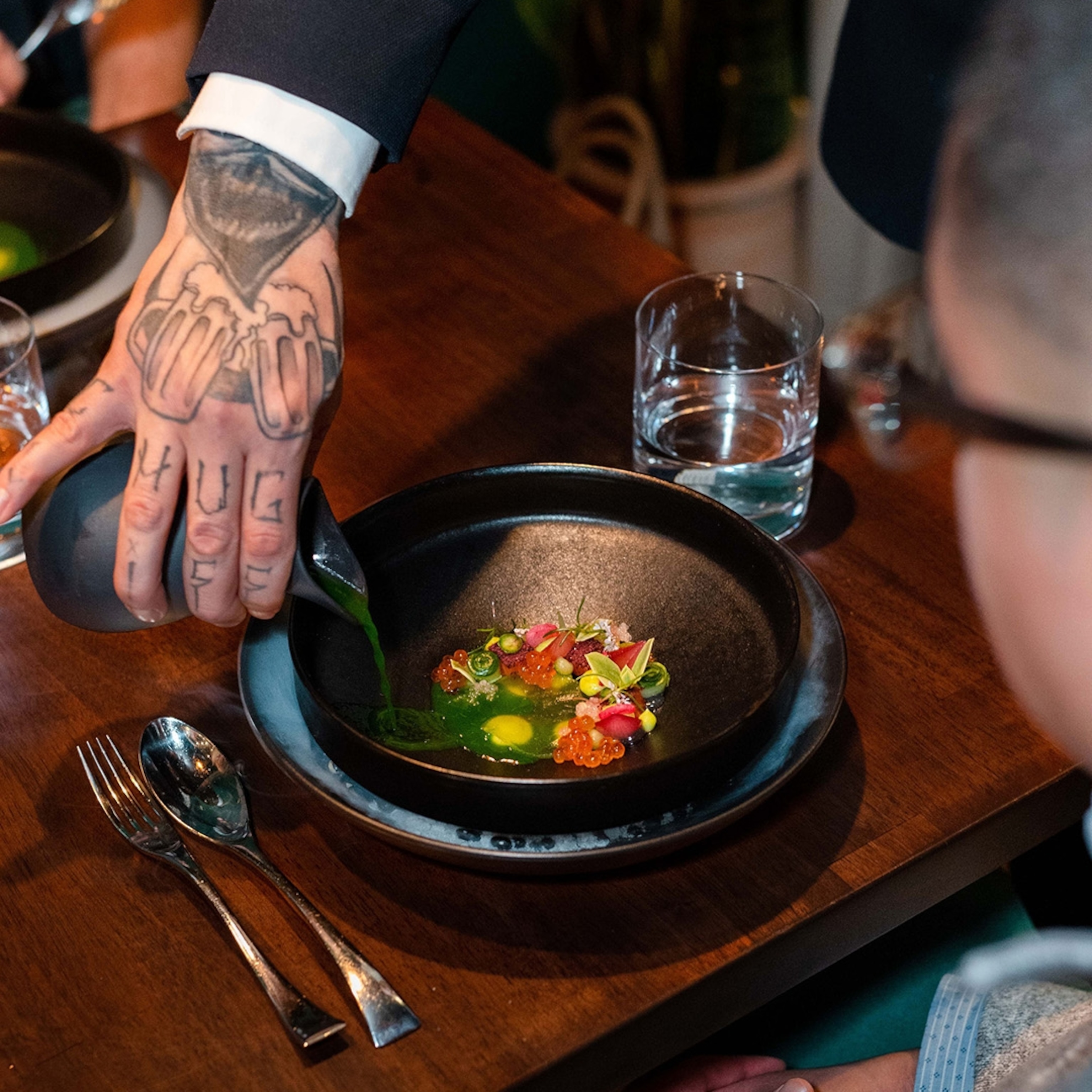
A city guide to New Orleans, America's cocktail capital
Slick new drinking dens, booze festivals and a mixology museum are stepping things up in America’s cocktail capital.
Over the years, plenty of plaintiffs have toasted victories on the steps of the Louisiana Supreme Court, but few like this.
“Congratulations, you made it!” says Elizabeth Pearce, our tour guide, as we stand in a slightly sloshed semicircle near the entrance. “If you look across the street, you’ll see the exact spot where apothecary Antoine Peychaud first mixed his famous bitters, and the sazerac cocktail began. Now grab the green container in your bag, and let’s all drink a sazerac in his honour.”
This is our third delicious, cooling cocktail on a sweltering summer afternoon in New Orleans, as we wind towards the denouement of The Cocktail Tour, which zigzags through the city’s hectic French Quarter. Over the past couple of hours, we’ve explored the historic, labyrinthine lanes at the heart of this city, with their squeeze of Creole townhouses, hidden courtyards and cast-iron balconies with intricate, filigree detailing — walking with increasing confidence as we slip each pre-prepared drink from our ingenious, tool belt-style cocktail carriers. To be frank, we look like a bevy of boozy builders — all we need is a few screwdrivers to complete the look — but nobody seems to mind in the slightest. After all, this is the Big Easy, famously America’s most laid-back city.
But New Orleans isn’t just renowned for its relaxed attitude; it’s also the spiritual home of the cocktail, a fact that Elizabeth — a drinks historian and author, as well as the owner of the Drink & Learn tour company — is at pains to point out between her captivating tales of rum and rebellion.
“We’ve been a celebrated destination for drinking, partying and generally having a good time since the early 18th century,” she says, as we drain our sazeracs and sway down the court steps together. “The French ruled Louisiana back then, and they had a certain laissez-faire attitude to the rules here in New Orleans, which created a psyche that’s still alive and well today. We’re a port city too, of course, which means all kinds of different influences — and all kinds of different spirits — were arriving from all over the world, all of the time. Particularly every type and taste of rum, from places like Jamaica, the Bahamas and Barbados. People used to joke that New Orleans was the Caribbean’s northernmost city.”
Kiah Darion, general manager of Bar Marilou, serves a la luz cocktail through a hatch in the wall of the ‘speakeasy’ room.
Throw in the invention of the first ice-making machine right here in Louisiana’s biggest city, plus the presence of innovators like Peychaud — ready to mix ‘restorative’ herbal bitters with booze to help the medicine go down — and you have the perfect environment for the birth of one of the world’s finest cocktail scenes.
Now that legacy has a new focal point — a magnificent new temple to the art of cocktail-making, located on the edge of the French Quarter: Sazerac House.
A palatial, three-story edifice, the grand, airy museum, on the corner of Canal and Magazine Streets, contains all manner of interactive exhibits exploring the beloved rye whiskey sazerac itself — which became the official cocktail of New Orleans by state decree in 2008 — as well as the city’s revered bar culture. Lifesize, hologrammatic bartenders help you to select cocktails, while interactive displays allow you to delve deeper — sampling flavours and smells to create your perfect blend. Meanwhile, there are demonstrations to observe — and tastings to enjoy — on every floor, a working distillery to explore and a reconstructed apothecary to visit, actively blending and using Peychaud’s famous bitters (still seemingly the foundation of half the cocktails in this city) using his original secret recipe from the 1830s.
The museum is a game-changing addition to New Orleans, and a major milestone in an ongoing resurgence of cocktail culture here, in the aftermath of 2005’s devastating Hurricane Katrina.
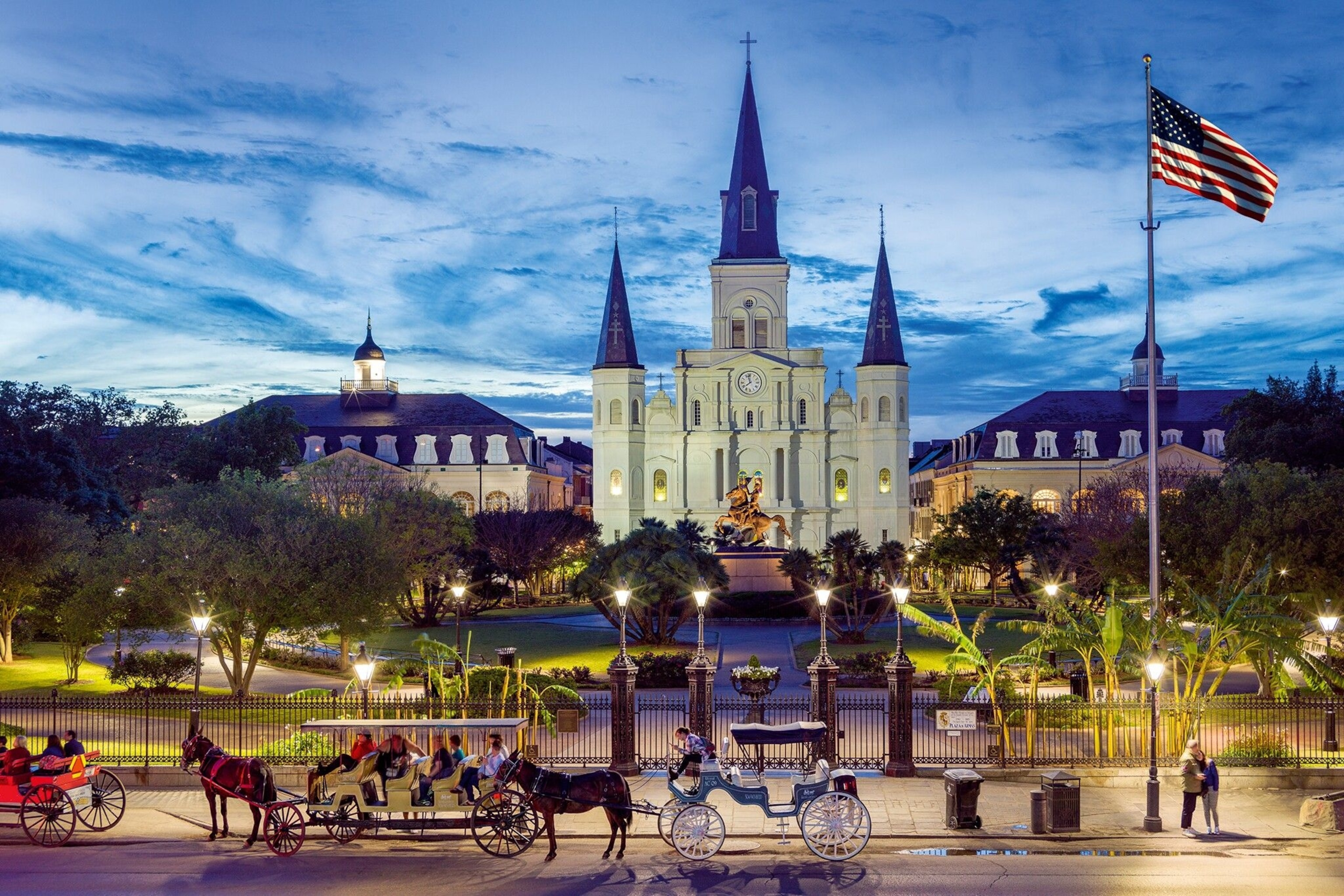
Let the good times roll
If you ask those in the know which establishment was the trailblazer for the city’s current cocktail renaissance, the majority will point you towards a renovated former fire station in Uptown, about a 15-minute drive south west of the boisterous French Quarter. Here, in the eight-block neighbourhood of Freret, you’ll find what many consider another bona fide sanctuary of mixology: Cure.
The man behind this extraordinary (and multi-award-winning), cavernous bar — vaulted of ceiling and vaunted of reputation — is local entrepreneur and lifelong New Orleanian, Neal Bodenheimer.
“There’s an entire category of cocktails that originated right here in New Orleans, including the sazerac, the gin fizz, the la louisiane, the grasshopper and the hurricane — and that gives us a completely unique status among American cities,” says Neal. “We’ve always had this deep-rooted appreciation of spirits, fortified wines and cocktails, and after Katrina, that all came back with a vengeance. Cocktail culture became an integral part of the city’s attempt to rediscover its own identity, and that makes a lot of sense, because cocktails unite us in a very real way. They’re a simple luxury we can gift to ourselves and to each other, in good times and in bad. And that’s a belief we built Cure upon.”
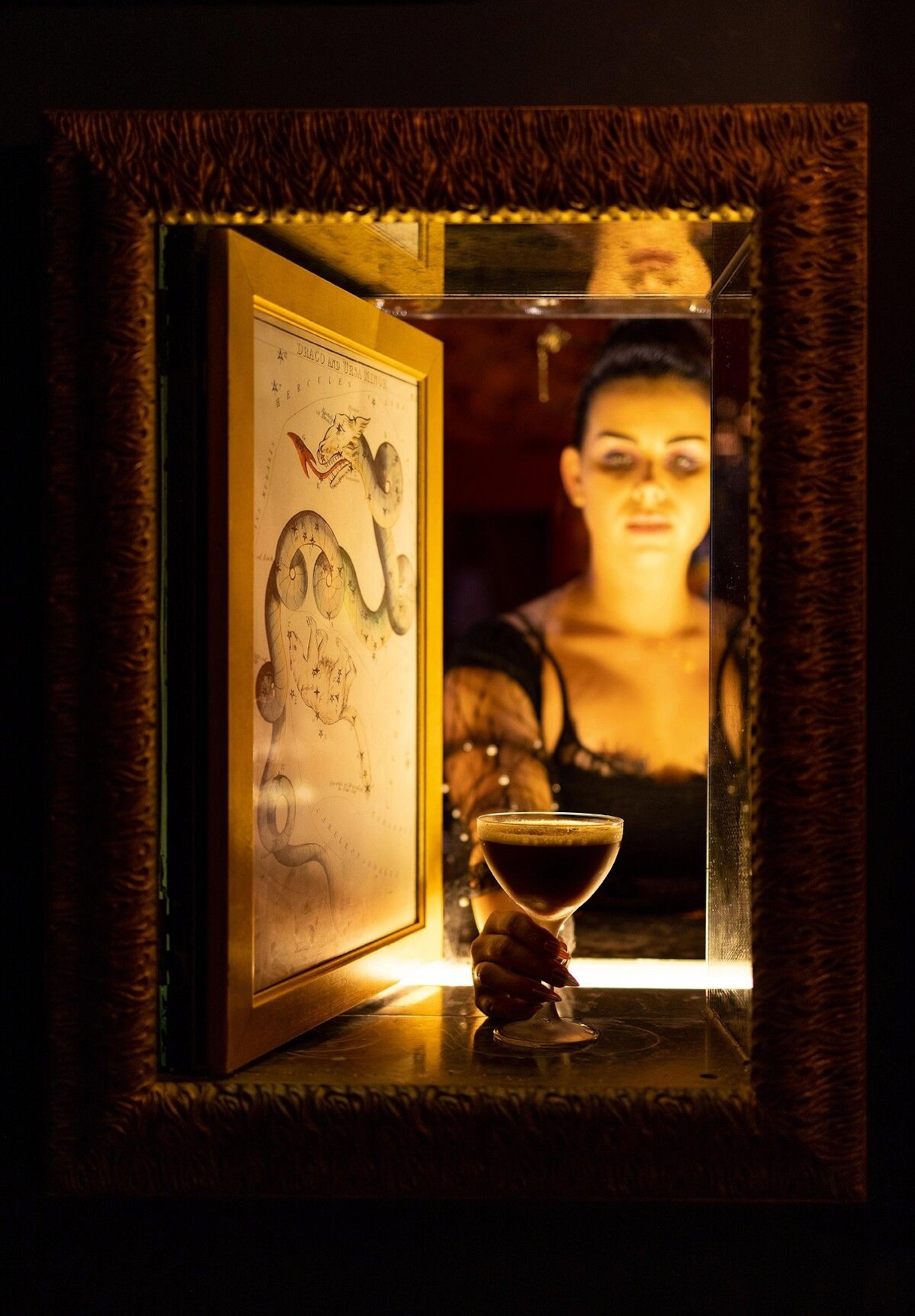
Cure proved an effective shot in the arm for Freret, which was desolate and down on its uppers a decade ago but is now a bustling corridor boasting 15 booming bars and restaurants that attracts a stylish evening crowd of well-heeled young professionals. Then Neal went a step further, helping set up an international festival, Tales of the Cocktail, for which he is now co-chair of the board. Held each July at bars, hotels and event venues, and serving also as the world’s largest cocktail conference, it attracts thousands of leading mixologists and industry figures, further cementing the city’s status as the world’s cocktail capital.
“In many ways, we’re the bearers of the torch now,” says Neal. “This is a festival that’s grown out of the new craft cocktail movement in New Orleans, but we now have 96 countries involved and counting, so it’s become way, way bigger than we ever dreamed. Before the pandemic, the event was bringing 15,000 visitors into the city every year. And we hope that we’re going to pick up exactly where we left off post-Covid.”
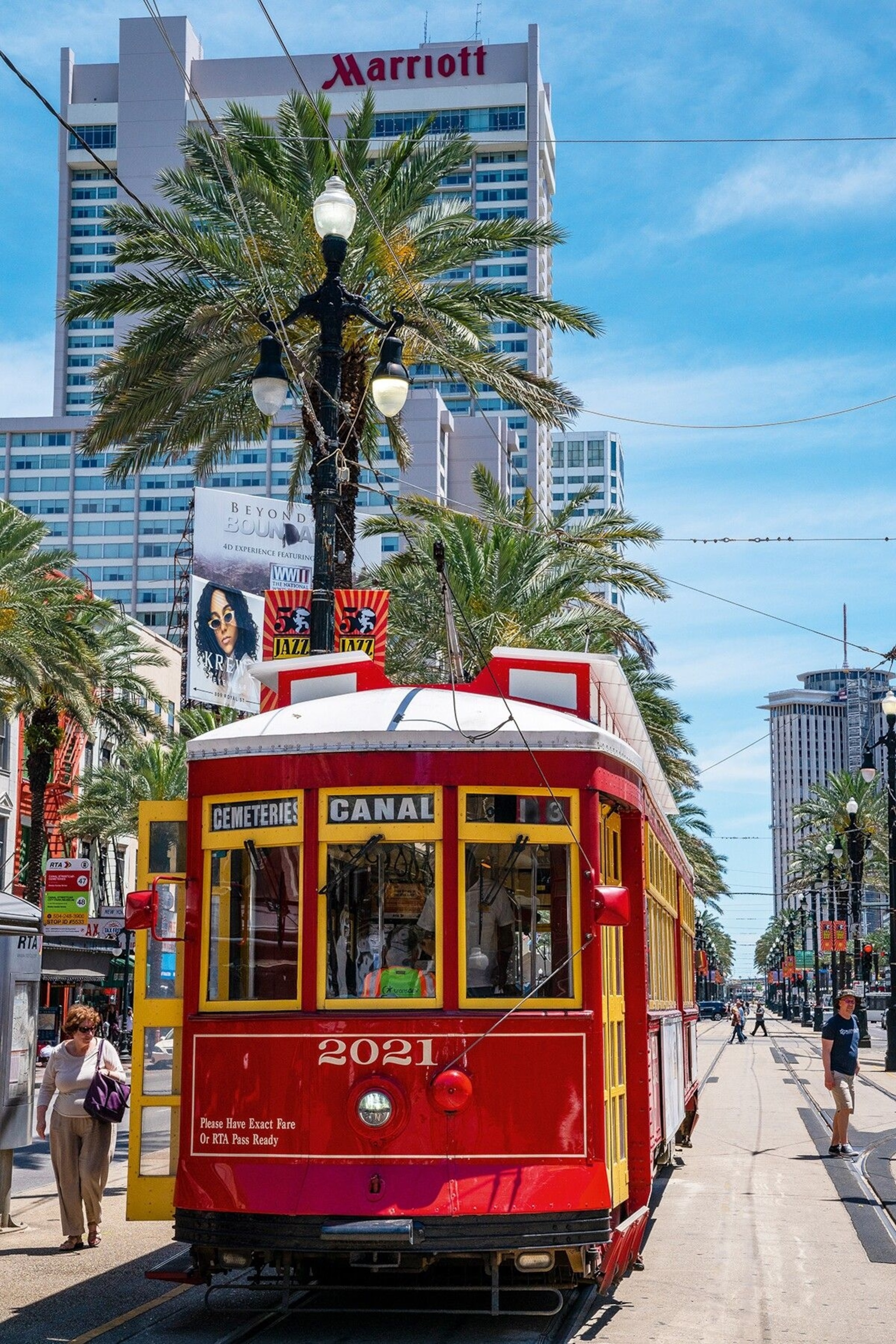
It’s not just Tales of the Cocktail that’s successfully muddled mixology and tourism, either. Plenty of other festivals have emerged in its wake, including a winter counterpart, Tales of the Toddy, and Love in The Garden, held in the stately grounds of the New Orleans Museum of Art. The hotel industry is getting in on the act too, with a raft of stylish new boutique hotels popping up across town, complete with their own craft cocktail bars. These include the decadent Bar Marilou, at Maison de La Luz, in the Warehouse District; the eclectic, tiki-inspired The Elysian Bar, at Hotel Peter and Paul, in the Marigny (set in a converted church complex); and the newest of them all, the creation of adored hipster hotelier Liz Lambert — the breezy, effortlessly cool Paradise Lounge, at the Hotel Saint Vincent, in the Lower Garden District.
All of these disparate, colourful neighbourhoods are laced together by a single steel ribbon — the Mississippi River — which winds and weaves itself through New Orleans. It’s near the gleaming banks of the Ol’ Man River, where the water gently kisses the French Quarter by Jackson Square, that Elizabeth’s cocktail tour finally ends.
“The Mississippi informs this whole city, as does death,” she states dramatically, as we sip our fourth cocktail — a spicy rum hurricane — in the swollen heat of early evening. “This entire town was hacked out of a snake-infested swamp, and that breeds a certain macabre mentality; if you could drop dead at any moment, why not have another drink?”
Elizabeth’s logic makes sense, particularly in a city obsessed with voodoo and otherworldliness, where the bayou landscape means the cemeteries must all be built above ground, becoming grisly yet exquisite tourist spots in their own right. Not to mention the fact that one of New Orleans’ most popular attractions is the Museum of Death, set on the French Quarter’s celebrated Dauphine Street.
Laissez les bons temps rouler (‘let the good times roll’) is New Orleans’ unofficial slogan, and that decadent, to-hell-with-it attitude jumbles together many of the city’s obsessions, including its rampant rediscovery of cocktail culture.
There’s an old Creole proverb you’ll often hear in these parts too: ‘Tell me whom you love and I’ll tell you who you are’. The people here (in a city most Americans consider to be a national treasure) truly love their cocktails, and that’s because they’re from the new New Orleans; the light-hearted, fun-loving post-Katrina city that can’t wait to get the post-Covid party started.
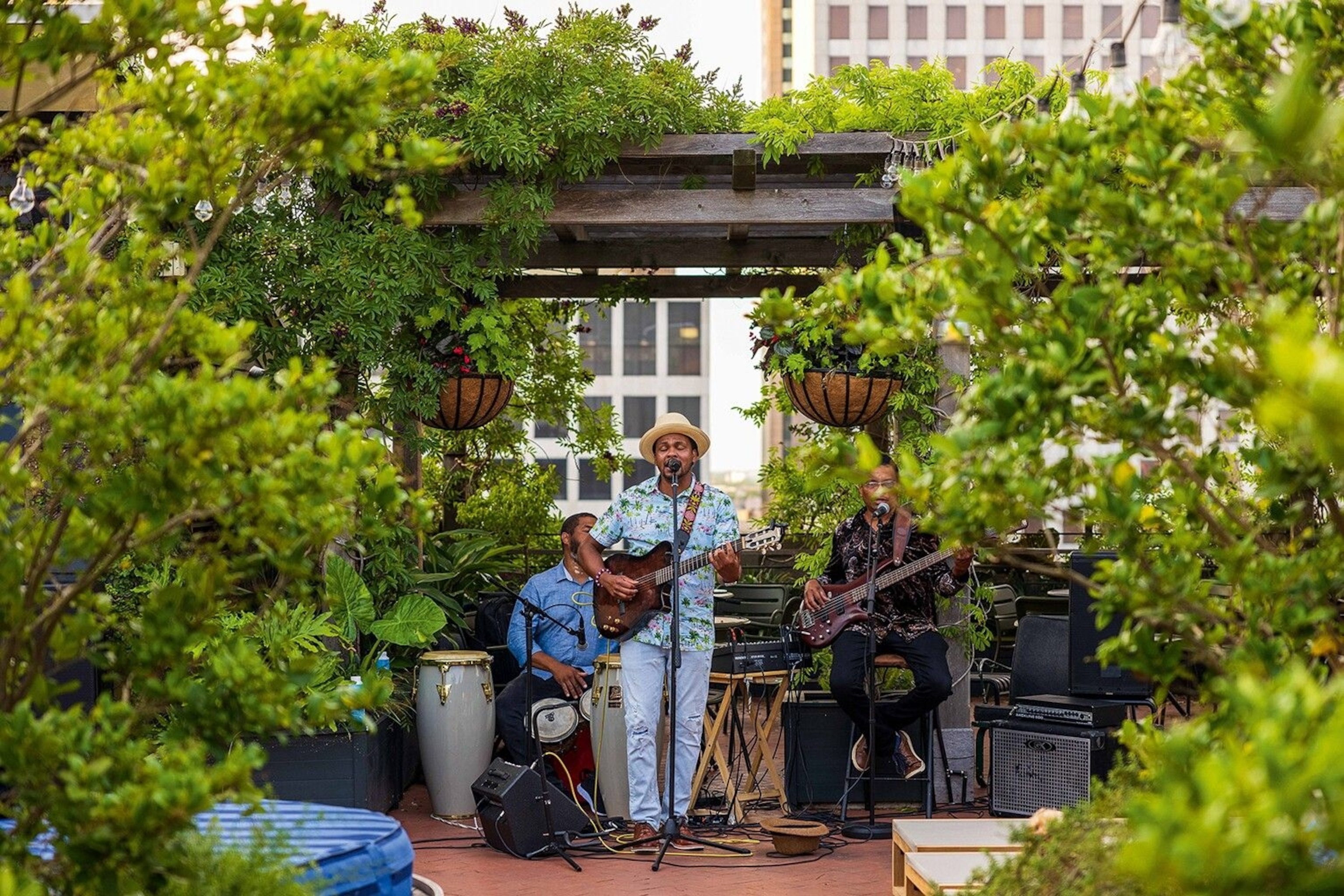
Four insider tips to exploring New Orleans
1. The locals love their sugar-dusted beignets (square doughnuts). Head to Café du Monde, on Decatur Street, for the perfect example — ideally served with chicory coffee — to start your morning with.
2. Leave at least two to three hours for The National WWII Museum. It’s particularly strong on the D-Day landings and the final push to Berlin.
3. Few drinking establishments in the French Quarter open early, but Erin Rose, a cosy Irish bar on Conti Street, serves its famous bloody mary and moreish frozen Irish coffee from 10am, whether you’re recovering from the night before or starting early on the night ahead.
4. New Orleans is famed for its po’ boy sandwiches; an alternative Creole lunch is a hot muffuletta, a cross between a multilayered sandwich and a pizza slice. Enjoy one in all of its delicious, gooey glory at the Napoleon House in the French Quarter.
Getting there & around
British Airways is the only airline flying direct between London and New Orleans, with six flights a week during peak season.
Average flight time: 9.5h. It’s easy to cover the French Quarter on foot, but if you’re planning to visit the city’s other neighbourhoods, it’s wise to use an Uber or Lyft account (especially if you’re drinking cocktails).
Alternatively, anyone can ride the public streetcar with an exact fare of $1.25 (90p) each way, or you can buy an official Jazzy Pass, which allows unlimited rides for one, three or five days. These can be bought at local convenience stores or via the New Orleans Regional Transit Authority’s app.
When to go
February-May is the best time to visit New Orleans — coinciding with many of its biggest festivals (including Mardi Gras) and before the heavy humidity of summer. Alternatively, September and November are excellent bets — you’ll still get the heat but none of the heaviness. Whenever you visit, always pack an umbrella; only the foolhardy bet against southern Louisiana showers.
Where to stay
Doubles at The Chloe from $247 (£178), room only. thechloenola.com Doubles at The Roosevelt New Orleans from $155 (£112), room only. therooseveltneworleans.com
More info
neworleans.com
drinkandlearn.com
talesofthecocktail.org
Wildsam Field Guides: New Orleans. RRP: £14.49
How to do it
Abercrombie & Kent offers a seven-night trip to New Orleans from £2,999 per person based on two people sharing. Includes flights, transfer and accommodation at the Four Seasons Hotel New Orleans, B&B, plus guiding, and is covered by Abercrombie & Kent’s flexible booking policy.
Published in the September 2021 issue of National Geographic Traveller (UK)
Find us on social media
Facebook | Instagram | Twitter

